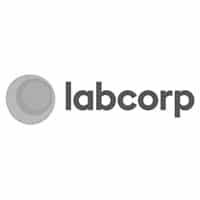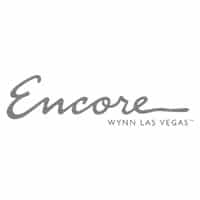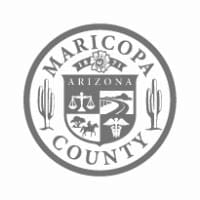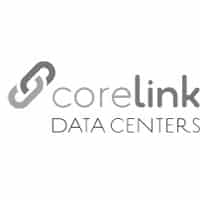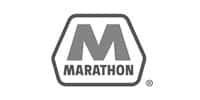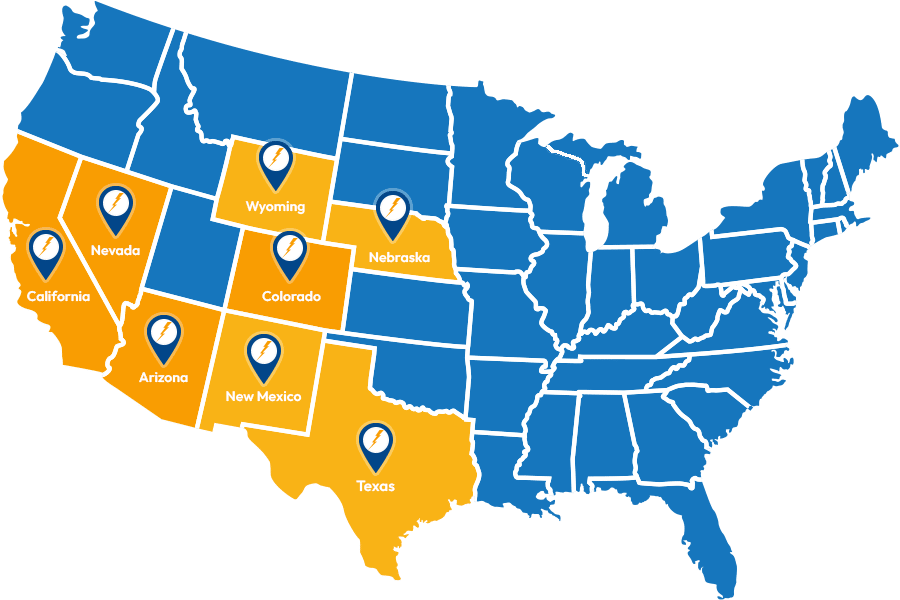 Are you familiar with VMWare? If not, you should be. VMWare is a cloud computing and virtualization software that is exclusively compatible with X86 hardware. In IT, by going virtual, IT related expenses can be greatly reduced and with VMWare multiple virtual machines can be run on a single real machine. VMWare is a leader in the virtualization field and with many IT departments choosing to utilize their technology, it is important to understand common VMWare terms and acronyms so that everyone can be well-informed and on the same page. Recently, TechRepublic shared a list of 50 VMWare terms and acronyms with which everyone in IT should familiarize themselves.
Are you familiar with VMWare? If not, you should be. VMWare is a cloud computing and virtualization software that is exclusively compatible with X86 hardware. In IT, by going virtual, IT related expenses can be greatly reduced and with VMWare multiple virtual machines can be run on a single real machine. VMWare is a leader in the virtualization field and with many IT departments choosing to utilize their technology, it is important to understand common VMWare terms and acronyms so that everyone can be well-informed and on the same page. Recently, TechRepublic shared a list of 50 VMWare terms and acronyms with which everyone in IT should familiarize themselves.
- VM: Virtual Machine. Okay, that’s easy enough!
- ESXi: The vSphere Hypervisor from VMware. For extra trivia points, know that Elastic Sky was the original proposed name of the hypervisor and is now the name of a band made up of VMware employees.
- vmkernel: Officially the “operating system” that runs ESXi and delivers storage networking for VMs.More info.
- VMFS: Virtual Machine File System for ESXi hosts, a clustered file system for running VMs.
- iSCSI: Ethernet-based shared storage protocol.
- SAS: Drive type for local disks (also SATA).
- FCoE: Fibre Channel over Ethernet, a networking and storage technology.
- HBA: Host Bus Adapter for Fibre Channel storage networks.
- IOPs: Input/Outputs per second, detailed measurement of a drive’s performance.
- VM Snapshot: A point-in-time representation of a VM.
- ALUA: Asymmetrical logical unit access, a storage array feature. Duncan Eppingexplains it well.
- NUMA: Non-uniform memory access, when multiple processors are involved their memory access is relative to their location.
- Virtual NUMA: Virtualizes NUMA with VMware hardware version 8 VMs.
- LUN: Logical unit number, identifies shared storage (Fibre Channel/iSCSI).
- pRDM: Physical mode raw device mapping, presents a LUN directly to a VM.
- vRDM: Virtual mode raw device mapping, encapsulates a path to a LUN specifically for one VM in a VMDK.
- SAN: Storage area network, a shared storage technique for block protocols (Fibre Channel/iSCSI).
- NAS: Network attached storage, a shared storage technique for file protocols (NFS).
- NFS: Network file system, a file-based storage protocol.
- DAS: Direct attached storage, disk devices in a host directly.
- VAAI: vStorage APIs for Array Integration, the ability to offload I/O commands to the disk array.
- SSD: Solid state disk, a non-rotational drive that is faster than rotating drives.
- VSAN: Virtual SAN, a new VMware announcement for making DAS deliver SAN features in a virtualized manner.
- vSwitch: A virtual switch, places VMs on a physical network.
- vDS: vNetwork Distributed Switch, an enhanced version of the virtual switch.
- ISO: Image file, taken from ISO 9660file system for optical drives.
- vSphere Client: Administrative interface of vCenter Server.
- vSphere Web Client: Web-based administrative interface of vCenter Server.
- Host Profiles: Feature to deploy a pre-determined configuration to an ESXi host.
- Auto Deploy: Technique to automatically install ESXi to a host.
- VUM: vSphere Update Manager, a way to update hosts and VMs with latest patches, VMware Tools and product updates.
- vCLI: vSphere Command Line Interface, allows tasks to be run against hosts and vCenter Server.
- vSphere HA: High Availability, will restart a VM on another host if it fails.
- vCenter Server Heartbeat: Will keep the vCenter Server available in the event a host fails which is running vCenter.
- Virtual Appliance: A pre-packed VM with an application on it.
- vCenter Server: Server application that runs vSphere.
- vCSA: Virtual appliance edition of vCenter Server.
- vCloud Director: Application to pool vCenter environments and enable self-deployment of VMs.
- vCloud Automation Center: IT service delivery through policy and portals,get familiar with vCAC.
- VADP: vSphere APIs for Data Protection, a way to leverage the infrastructure for backups.
- MOB: Managed Object Reference, a technique vCenter uses to classify every item.
- DNS: Domain Name Service, a name resolution protocol. Not related to VMware, but it is imperative you set DNS up correctly to virtualize with vSphere.
- vSphere: Collection of VMs, ESXi hosts, and vCenter Server.
- SSH to ESXi host: The administrative interface you want to use for troubleshooting if you can’t use the vSphere Client or vSphere Web Client.
- vCenter Linked Mode: A way of pooling vCenter Servers, typically across geographies.
- vMotion: A VM migration technique.
- Storage vMotion: A VM storage migration technique from one datastore to another.
- vSphere DRS: Distributed Resource Scheduler, service that manages performance of VMs.
- vSphere SDRS: Storage DRS, manages free space and datastore latency for VMs in pools.
- Storage DRS Cluster: A collection SDRS objects (volumes, VMs, configuration).


